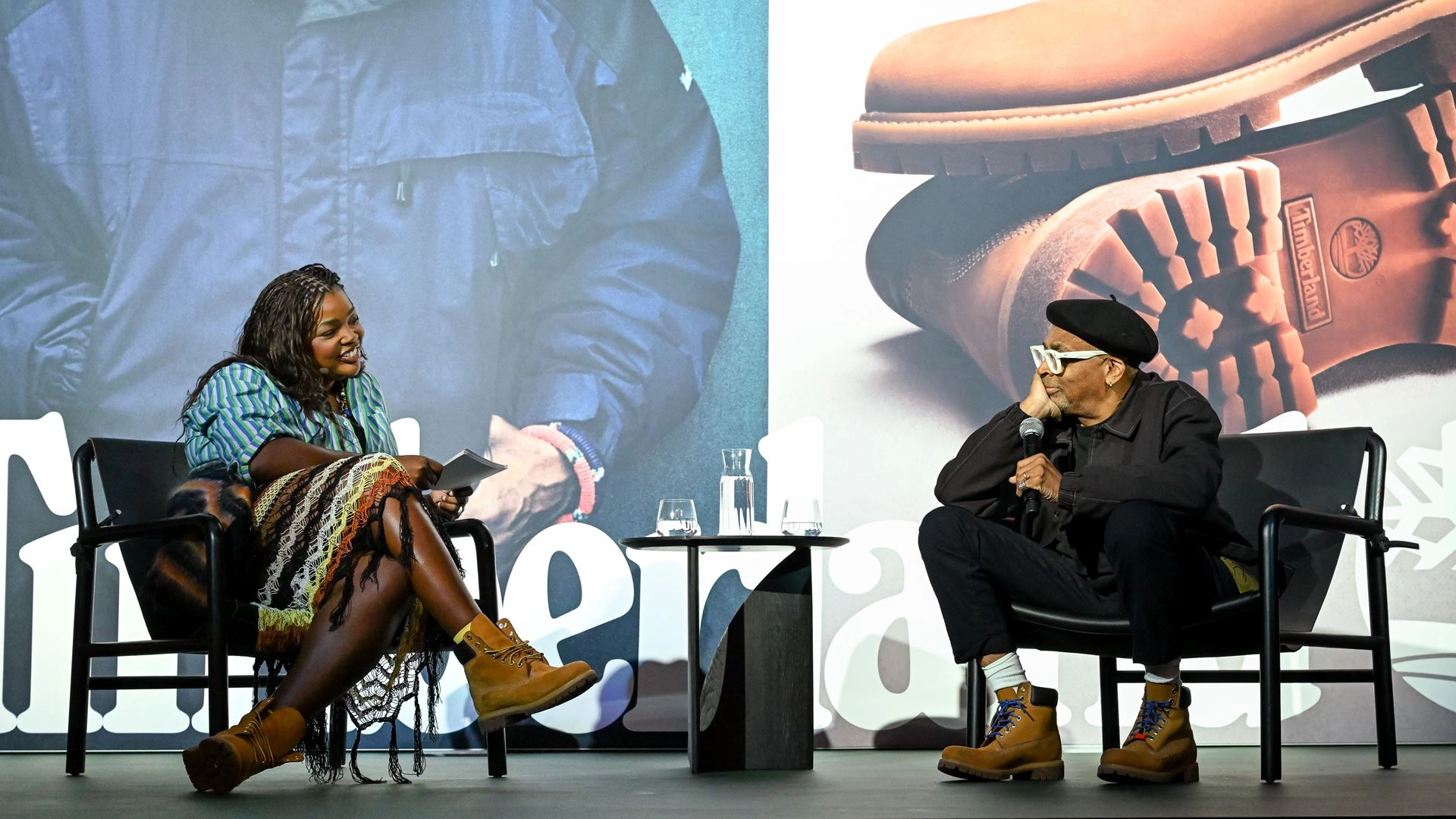Lil Silva is a name that has resonated throughout the music industry for over a decade. Known for his genre-blending production, his ability to shape soundscapes, and his work with some of the biggest artists in the world, he has carved out a reputation as one of the most sought-after producers and collaborators. From the underground UK music scene to international pop stardom, Lil Silva’s journey has been marked by constant reinvention, deep artistic connections, and a fearless approach to music-making.
But what makes Lil Silva such a special collaborator? His success lies in his ability to seamlessly adapt to any artist’s style while bringing his own signature touch to every project. Whether working with electronic innovators like Sampha, pop icons like Adele, or funk maestros like Mark Ronson, his fingerprints can be found on some of the most exciting music of the past decade.
Early Life and Musical Beginnings
Born Tyrone Jermaine “TJ” Carter, Lil Silva grew up in Bedford, England. From a young age, he was deeply immersed in music, developing an early appreciation for the UK’s electronic and club scene. His introduction to DJing and production came through grime, funky house, and bass-driven UK sounds, which would later influence his unique sonic identity.
As a teenager, he was drawn to the underground music scene, particularly UK Funky—a genre that blended house, grime, dancehall, and garage. This foundation provided him with a rich understanding of rhythm and melody, both of which would become hallmarks of his production style. His early releases, including “Seasons” and “Pulse vs. Flex”, established him as a key player in the UK Funky movement. His music was raw, percussive, and club-ready—designed to make an impact on dance floors across London and beyond.
Breaking Into the Industry: The Sampha Connection
While Lil Silva’s early tracks made him a favorite among DJs and underground music lovers, it was his collaboration with fellow UK artist Sampha that truly elevated his career. The two artists shared an affinity for blending electronic elements with deeply emotive songwriting, leading to some of Lil Silva’s most defining works.
Their collaboration began in earnest with tracks like “Salient Sarah” and “Backwards”, both of which showcased a fusion of ethereal synths, intricate percussion, and Sampha’s unmistakable vocals. These songs were a testament to Lil Silva’s ability to create immersive, emotionally rich soundscapes—something that set him apart from many other producers of his generation.
Sampha’s rise to stardom alongside Lil Silva’s growth as a producer proved to be mutually beneficial. As Sampha gained recognition for his work with SBTRKT and later for his Mercury Prize-winning solo album “Process”, Lil Silva’s name became more prominent as a behind-the-scenes architect of groundbreaking sounds.
Expanding Horizons: Working with Global Superstars
After cementing his status in the UK electronic scene, Lil Silva set his sights on broader horizons. His ability to bridge underground club music with commercial pop led him to work with some of the biggest names in the music industry.
Collaborating with Adele on “25”
One of Lil Silva’s most high-profile collaborations came when he worked with Adele on her multi-platinum album “25”. While Adele is best known for her soulful ballads and powerhouse vocals, she has always sought out innovative producers to bring new dimensions to her sound. Lil Silva’s contribution to the project showcased his ability to craft emotionally charged, textured productions that complemented Adele’s voice without overpowering it.
The Mark Ronson Connection: “Uptown Funk” and Beyond
Another significant moment in Lil Silva’s career was his work with Mark Ronson, particularly during the sessions for “Uptown Funk”—a song that went on to dominate the charts worldwide. Ronson, known for his ability to blend vintage influences with contemporary production, saw in Lil Silva a kindred spirit—someone who understood rhythm, groove, and the intricate layering of sounds.
While “Uptown Funk” became an undeniable global hit, Lil Silva’s involvement with Ronson extended beyond this project. The two continued collaborating on various productions, and their creative synergy allowed Lil Silva to tap into new styles and techniques, further expanding his sonic vocabulary.
A Unique Approach to Production and Songwriting
What sets Lil Silva apart from other producers is his deeply intuitive approach to music-making. He doesn’t simply create beats; he builds entire worlds within his productions. His ability to blend organic and electronic elements, experiment with textures, and infuse raw emotion into his tracks has made him a favorite among artists seeking something truly original.
Some key characteristics of Lil Silva’s production style include:
• Layered Percussion: A nod to his UK Funky roots, his beats often feature intricate, syncopated rhythms that add movement and dynamism to his tracks.
• Synth-Driven Atmospheres: Lil Silva has a gift for creating lush, immersive synthscapes that add depth and dimension to his productions.
• Raw Emotion: Whether through subtle vocal manipulation or poignant chord progressions, his music always carries a strong emotional core.
• Genre Fluidity: From house and electronic to R&B and pop, Lil Silva refuses to be confined to a single genre, constantly pushing the boundaries of sound.
Solo Work: The Artistic Vision of Lil Silva
While his work as a collaborator has defined much of his career, Lil Silva has also made a name for himself as a solo artist. His debut album, “Yesterday Is Heavy”, was a powerful statement of artistic intent. Featuring collaborations with Sampha, Little Dragon, Ghetts, and Charlotte Day Wilson, the album seamlessly blended elements of soul, electronic, and alternative R&B, showcasing Lil Silva’s growth as both a producer and a songwriter.
Tracks like “Another Sketch” and “Still” exemplified his ability to craft deeply personal, sonically rich compositions. With this album, Lil Silva proved that he wasn’t just a behind-the-scenes genius—he was an artist in his own right.
The Future: What’s Next for Lil Silva?
As Lil Silva continues to evolve, his future in the music industry looks incredibly bright. With an ever-expanding list of collaborations, a growing body of solo work, and an unrelenting drive to push musical boundaries, he is poised to leave an even greater mark on contemporary music.
Some key areas to watch:
Further Collaborations with A-List Artists: Given his track record, it’s likely that Lil Silva will continue working with some of the biggest names in music, shaping the sounds of future chart-topping albums.
Exploration of Film and TV Scores: His cinematic, atmospheric production style makes him a strong candidate for scoring films, documentaries, and television projects.
Mentorship and Influence on Emerging Artists: As someone who has navigated both underground and mainstream success, Lil Silva is in a prime position to mentor and collaborate with the next generation of producers and musicians.
Conclusion: The Legacy of a Superstar Collaborator
Lil Silva’s journey from the underground clubs of the UK to working with global superstars is a testament to his adaptability, creativity, and relentless passion for music. He has mastered the art of collaboration, bringing out the best in every artist he works with while leaving his unique imprint on every track.
With a career that continues to flourish, Lil Silva stands as an indispensable force in music production—one whose influence will be felt for years to come. Whether behind the boards crafting hits for others or stepping into the spotlight with his own material, one thing is certain: Lil Silva is shaping the future of sound.
No comments yet.








